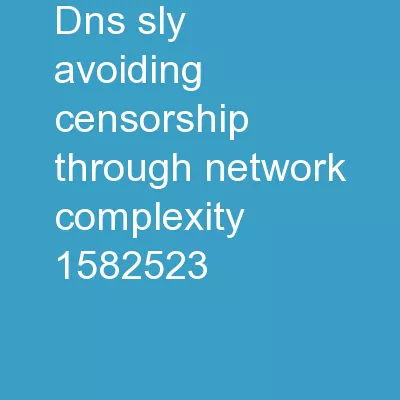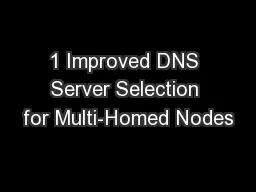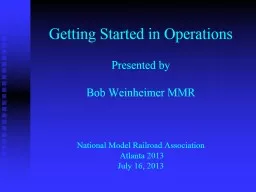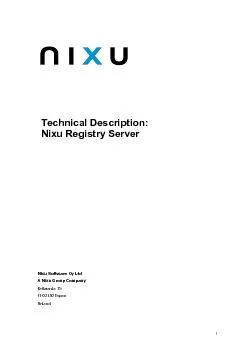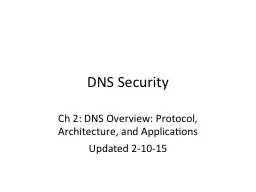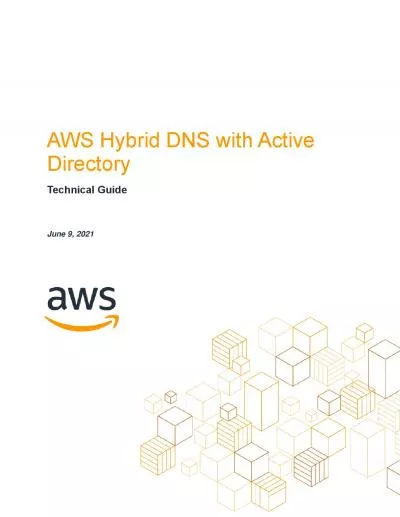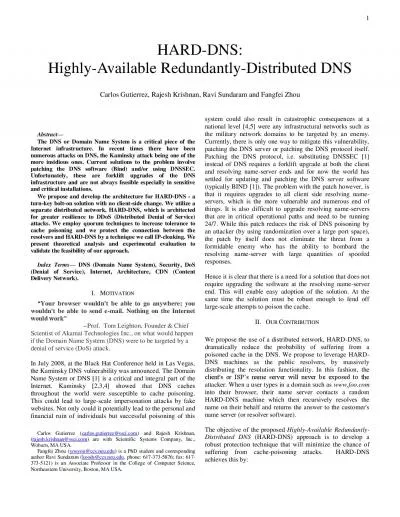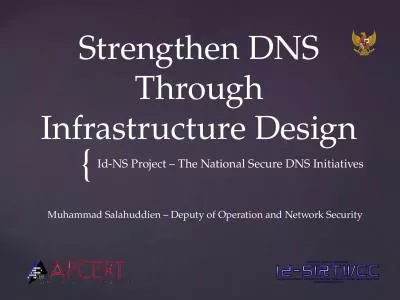PPT-DNS-sly: Avoiding Censorship through Network Complexity
Author : myesha-ticknor | Published Date : 2018-11-21
QuratUlAnn Akbar Northwestern U Marcel Flores Northwestern U Aleksandar Kuzmanovic Northwestern U httpnetworkscsnorthwesternedu Internet Censorship is a prevalent
Presentation Embed Code
Download Presentation
Download Presentation The PPT/PDF document "DNS-sly: Avoiding Censorship through Net..." is the property of its rightful owner. Permission is granted to download and print the materials on this website for personal, non-commercial use only, and to display it on your personal computer provided you do not modify the materials and that you retain all copyright notices contained in the materials. By downloading content from our website, you accept the terms of this agreement.
DNS-sly: Avoiding Censorship through Network Complexity: Transcript
Download Rules Of Document
"DNS-sly: Avoiding Censorship through Network Complexity"The content belongs to its owner. You may download and print it for personal use, without modification, and keep all copyright notices. By downloading, you agree to these terms.
Related Documents

